NEWS
2025 Faith Trends to Watch
It’s an incredibly dynamic time for the faith sector. From the pandemic abruptly shaking up existing models and strategies, to religious nationalism planting a flag on the political stage, to the Israel/Gaza war straining interfaith relationships globally, to a range of longer-term dynamics in the sector, including the continued growth of the religiously unaffiliated demographic in the U.S., the first half of the 2020s have seen the good, the bad, the ugly, and everything in-between.
Continue reading to explore a few faith sector trends we’re watching as we head into the second half of the decade. They give us great optimism for the future of faith.
Meet an innoFaither: E.N. West
Meet E.N. West, Lead Organizer for the Faith Land Initiative at The Church Council of Greater Washington. An innovative community organizer, E is building bridges between communities in Seattle to help use church property assets to address community needs. In listening to churches, E and their colleagues spotted an opportunity to support white faith communities discerning what to do with congregational land by connecting them with the needs and vision of Black faith communities and other groups wrestling with issues of displacement from their communities. As a result, religious assets are now being stewarded to address the challenge of affordable housing and advance economic and racial justice.
Faith institutions partner with developers and government to build affordable housing
As cities have experienced a renaissance in recent decades, many have taken up the economic, social, and moral questions surrounding the process of gentrification. As residents that have called their neighborhoods home for generations face economic displacement, and low-income workers who make the growth of cities possible cannot find affordable housing near their jobs, faith communities and others have taken up the cause in many forms - services to low-income neighbors, advocacy for affordable housing, and more. One particularly creative approach is gaining steam - using land owned by faith institutions to increase the stock of affordable housing. Read about how churches in the Washington, DC, metropolitan area are forging multi-million dollar partnerships with private developers and government to build housing on their land in this article from the Washington Post.
How technology can enable a vision as big as the Catholic Church
Understanding available assets is the first step to opening up new opportunities for innovation. Technology continually makes mapping of such assets easier at scale, putting critical data at our fingertips. And speaking of scale, the Catholic Church is one of the largest private landowners in the world. Recognizing the latent potential in this massive resource, Molly Burhans is leveraging new technology to map the land assets of the Catholic Church and create new ways to channel them for social good. Read more about her bold work in this article from The Boston Globe.




